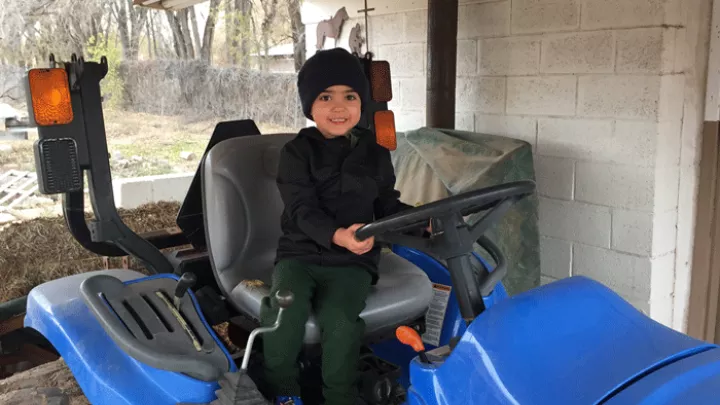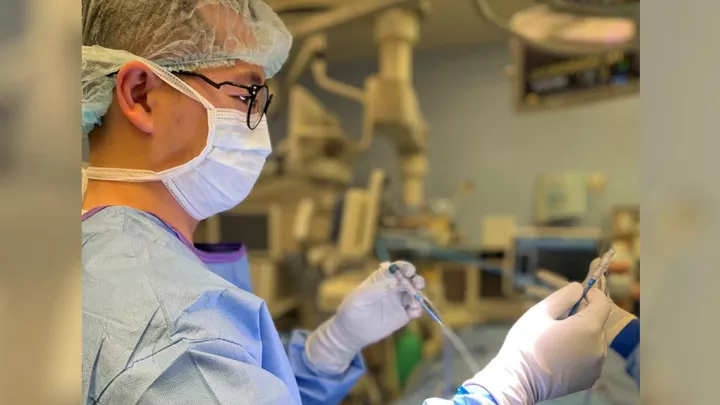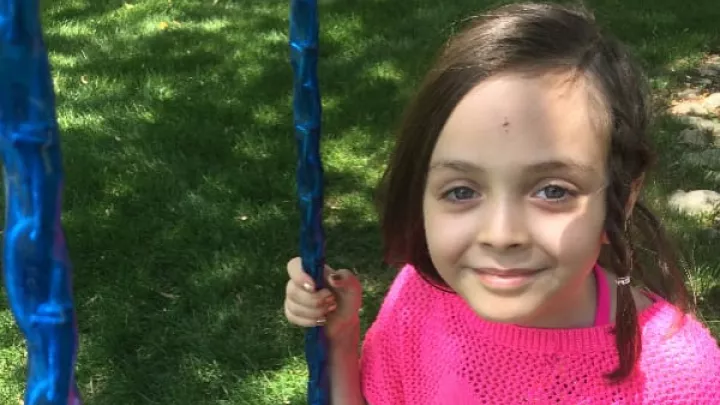Finding Hope for His Epilepsy—and His Dreams
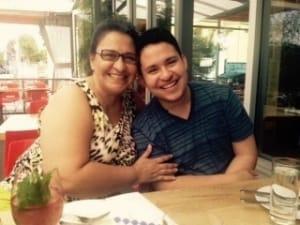
John has lots of plans for the future. He wants to be a computer animator. He wants to one day have his own family. And he wants to be independent and have some fun—and freedom.
“I didn’t have as much freedom as a kid, so I’d like to have some freedom and fun as an adult,” explains John, 17, who graduated from high school in June.
Until recently, though, it seemed that he wouldn’t ever get a chance to reach his dreams. Not with his epilepsy out of control. Not when he was having 250 seizures a day.
‘People were scared of me’
John’s mom, Olga, remembers the night her son had his first seizure—Aug. 17, 2009—like it was yesterday.
"It was the hottest night of the summer, and we stayed up late eating watermelon,” she recalls. “At 11:30, my daughter came in. Something was wrong with John.”
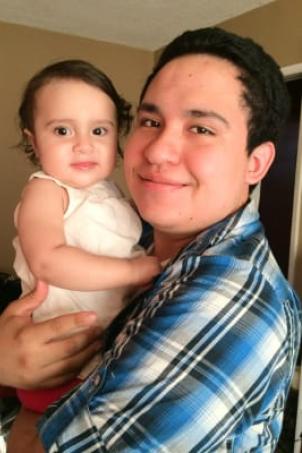
John, then 11, was having a seizure. His body was violently twitching; his face was twisted and turning purple. His mom ran to call 911, and paramedics rushed him to a local hospital.
Diagnosed with a severe form of epilepsy called Rasmussen syndrome, he began having seizures multiple times a day—and night. He describes them as extremely painful, “like my bones were curling.” Medications helped, but only at high doses that came with devastating side effects, including hair loss, extreme weakness in his legs and even a 30-pound weight loss in one week.
The emotional effects of his condition were even tougher to endure.
“In school, because of my seizures, people were scared of me, and I would usually hang out alone,” says the soft-spoken East Los Angeles teen. “That was really depressing.”
Finding hope
Then, this past spring, his mom sought a second opinion, bringing him to Children’s Hospital Los Angeles to see Deborah Holder, MD, director of the Epilepsy Program at CHLA.
Holder offered new hope: A device called the AspireSR generator had just been approved by the Food and Drug Administration. The pacemaker-like disc is surgically implanted in the chest, just under the skin. Because seizures are often precipitated by a rapid rise in heart rate, the device detects that increase and immediately sends a message to a key nerve in the neck called the vagus nerve—often preventing the seizure altogether.
“By stimulating this nerve on and off during the day,” Holder explains, “we can send information to the brain, change the way the brain works and decrease seizures.”
Johnny has over 250 seizures a day, but not anymore! He is the first West Coast patient to receive a breakthrough treatment for epilepsy. Help us celebrate this life-changing milestone for Johnny and CHLA!
Posted by Children's Hospital Los Angeles on Monday, June 22, 2015
John was the first patient on the West Coast to receive the device. Also at CHLA, he began receiving periodic infusions of intravenous immunoglobin, which contains antibodies extracted from donated blood plasma.
The results have been dramatic—reducing John’s seizures from 250 a day to at most four per week. Most of his seizures are now so tiny they can’t be seen or felt; the ones he does feel are generally milder and last only seconds instead of minutes.
“I don’t know how to tell the people at Children’s Hospital how much we appreciate them,” Espinoza says. “They have done so much to give John a better life.”
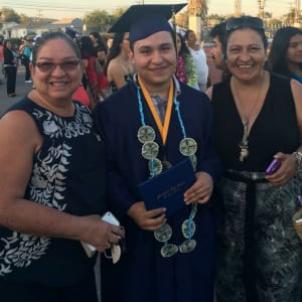
Pursuing his dreams
This past fall, John began attending East Los Angeles College and has already enrolled in computer graphics classes. His depression has lifted.
Life, he adds, “is really good.”
“I’m finally able to be a little more independent,” he says. “I have more friends, and I can go to the movies or just hang out with them. It’s pretty cool.”
